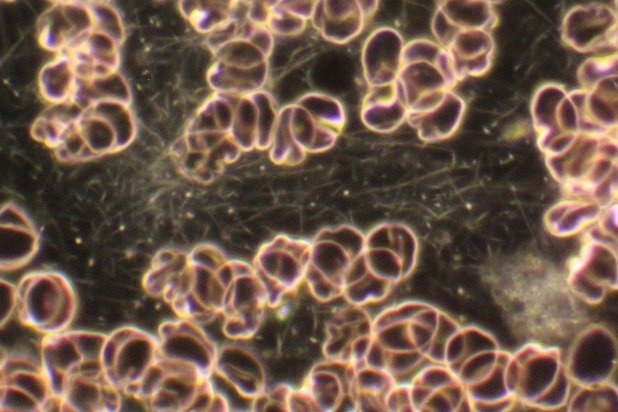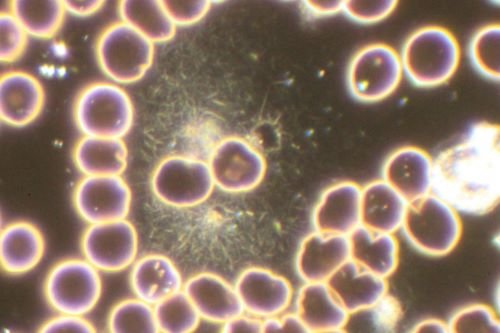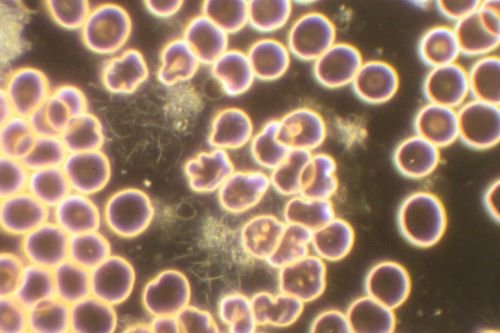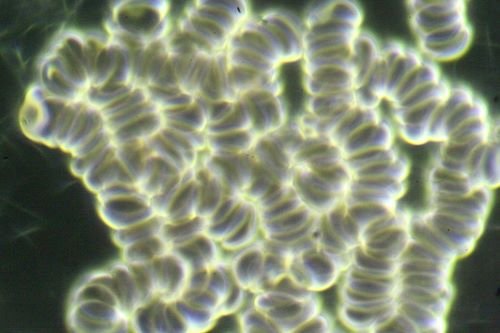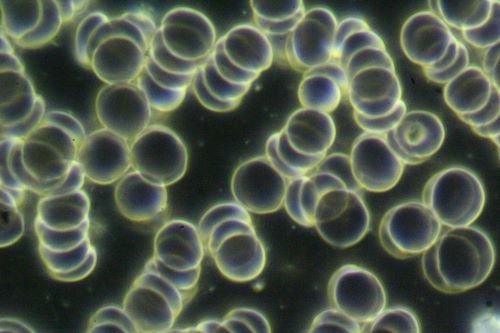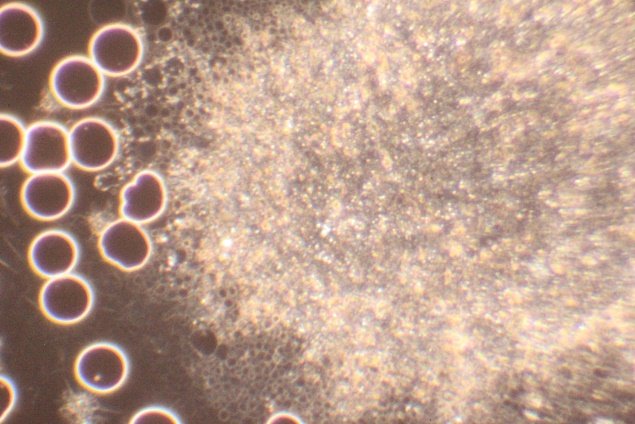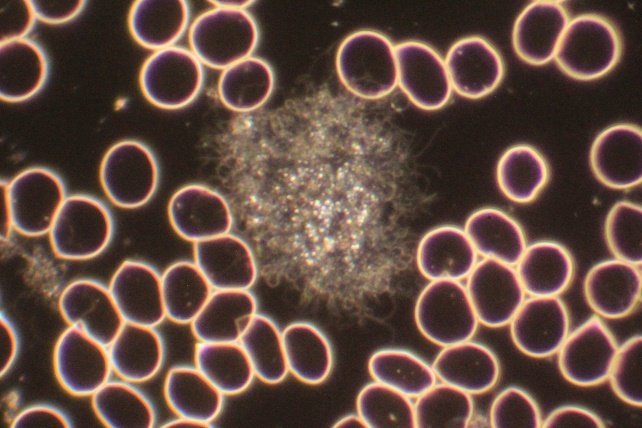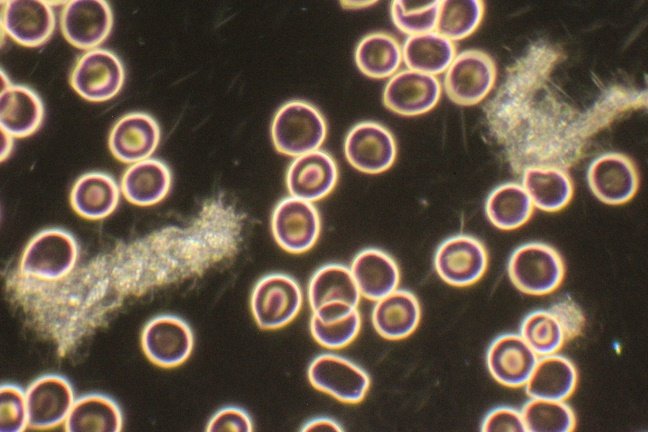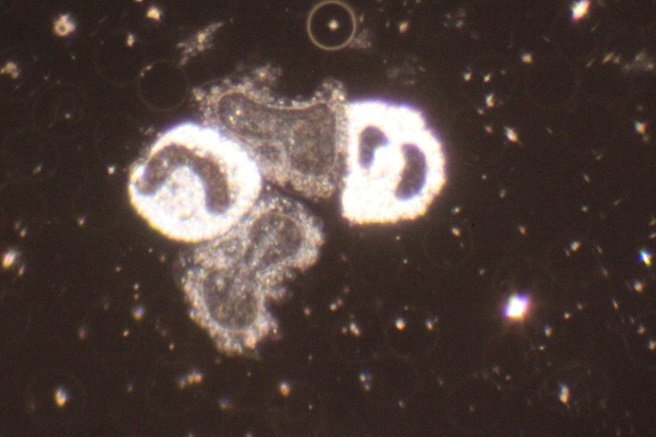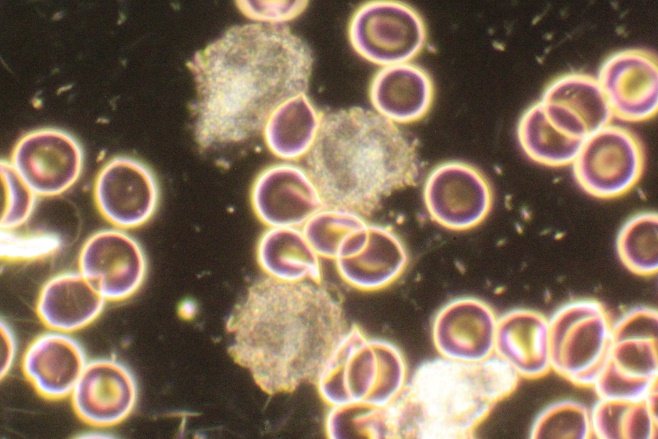Has Blood Changed Since the Covid Pandemic?
A new world
There is no doubt that the world as we knew it pre-pandemic no longer exists. Travelling, working, relationships and families have all been affected - we have been through a collective trauma caused by a virus.
Not everyone and not every country has had the same experience though. The differences in resources, in infrastructure, in government and health care between countries around the world have created different outcomes.
The measures taken by the dominant Western countries have created chaos that has rippled throughout the world, touching everyone. Mask wearing, vaccine mandates, lockdowns and restrictions in medical treatments to name but a few.
I am a Live and Dry Blood Analyst and I have been looking at blood through a microscope for over 11 years. Since the pandemic, I have seen some changes in the blood and in this blog post I am going to share some of my observations and my understanding of how this virus and how the vaccine has affected my clients’ blood.
What Live Blood Analysis is not
At this point I feel that I should state that live blood analysis is not diagnostic of any kind of disease, condition or syndrome. It is a tool for observing a sample of living blood and as such it provides a unique insight into how this biological fluid is functioning.
Of course, the blood sample is no longer being regulated by the body and so this is taken into account. However, how quickly the blood ages and the effect this has on the cells is still relevant.
You also take into account the impact of the sampling technique, whether it is fasted blood or not and the health history of the person whose blood it is and how that may affect the blood (including medications, supplements, lifestyle etc).
Finally you must also be aware of artefacts – these are not in the blood or of the blood but rather contaminants in the sample and/or manufacturing defects on the slides and coverslips.
What have I seen under the microscope in my clinic since the pandemic?
The clients that come to see me are varied and diverse.
Some are interested in maintaining and monitoring health in order to prevent illness. Some suffer from a variety of health issues and are looking at alternatives to pharmaceutical interventions in order to do as much as they can to maintain or gain health.
Some have even been to their doctor and had a multitude of tests carried out but have been told that there is nothing out of the ordinary in the results and so, cannot be given treatment.
After the first lockdown finished and we were allowed to do face to face consultations once more, I was able to observe blood and build a body of documentation – blood after the pandemic.
What the blood tells us
In my career as an analyst I have seen the blood of hundreds of people. I have seen millions of blood cells under the microscope.
I have looked at the blood of people with all kinds of diseases including diabetes, AIDS, CVD, leukaemia, MS, cancer, those with many symptoms such as IBS, migraine, allergies and many, many others.
Each of them had a unique blood picture - there are usually no specific blood analysis indications for each disease or symptom.
The blood reflects the person’s terrain – the inner environment that supports the cells. The appearance of the cells in the blood tells a story of the health/balance of the inner terrain.
As an analyst you are trying to read the story by putting together all of the pieces of the health puzzle. It is not enough to use the blood alone - it holds clues as does the patient’s case history.
The blood will alert you to a B12 deficiency for example, but why it is deficient needs further thought. Does the diet contain adequate B12? Is the digestion optimal and capable of breaking down the food to obtain the B12 and also absorb it? What lifestyle choices could be depleting B12? Are there any symptoms reflecting B12 deficiency? Do they have issues with methylation? Are there other blood tests that correlate B12 issues? It is not as simple as just supplementing with B12.
However, in my experience, during the pandemic and after it, the blood of those who either had had COVID or had the injection to innoculate against COVID (or both), had several distinct indications.
Indications in the blood
The following pictures are from my clinic and are taken from clients who have a variety of health issues related to COVID. They are either suffering with Long Covid symptoms or have been injured by the vaccine.
In many cases the vaccine injury is actually confirmed in their NHS health records. Some have been able to get compensation, some are having to fight very hard to get support.
Only a very few have been able to get any effective treatment from their NHS doctor and despite having multiple tests from a variety of consultants they are often told that “everything is normal”. As a result of their experiences, they have turned to private health care.
Please note: These indications are not diagnostic and they existed before the pandemic. However, they were most commonly found in those with metabolic disorders such as Diabetes or cardiovascular issues. What has changed is the prevalence of them in people who appeared to be healthy before the pandemic.
Fibrin
In nearly every single case I have found fibrin in their blood samples.
Fibrin is a long protein that is produced to create a clot in the circulatory system. Fibrin is formed from fibrinogen which is produced in the liver in response to inflammatory chemicals released by white blood cells. It is also part of the coagulation cascade as it creates clots which prevent bleeding and protects the linings of the circulatory system.
Fibrin in the live blood can be indicative of liver stress, circulatory stress, inflammation, pathogenic infections, toxicity and/or leaky gut. When looking at a sample and assessing the fibrin I am also looking at other indications, symptoms and health history that can help pinpoint the cause of the fibrin presence.
Fibrin in the circulatory system will be congestive to circulation, preventing the optimal flow of red blood cells to the micro circulation, creating a lack of oxygen to all cells, tissues and organs throughout the body.
Rouleaux & Aggregation
Red blood cells are supposed to bounce around in the plasma as separate cells. They only bunch up and stick together when the balance of ions inside the cells and outside the cells has altered.
Red blood cells repel each other in circulation because of the charge on the cell membrane. This charge is only created when the membranes are composed of the right mix of lipids and proteins AND the surrounding environment is also balanced with the correct ions.
This balance of charges across membranes is known as zeta potential – the difference between the charge on the inside of the cell and the charge on the outside of the membrane are strongly opposed creating a “potential” which enables the cells to flow freely and provide optimum oxygenation throughout the body.
Cells lose this potential when their membranes are coated with proteins that change the charge. These proteins are inflammatory chemicals that attract to the surface of the red blood cells. This is yet another indication of inflammation and it can lead to a lack of oxygen in the cells, tissues and organs.
Thrombocyte Aggregations
Thrombocytes are cell fragments that are about a quarter of the size of a red blood cell. They circulate within the blood and secrete clotting factors when they are activated by other cellular chemical signals.
Once they are activated, they release chemicals, become sticky and aggregate with other thrombocytes to form larger masses. They are part of the clotting cascade and are often found in the blood along with fibrin because they are both activated/formed by the same chemicals.
The chemicals that the activated thrombocytes release are inflammatory themselves and can cause the aggregations to grow further, generating more chemicals which are released in vesicles, becoming hypersecretory aggregations.
These are congestive to the circulation and can block the microcirculation. The larger they are, the more dangerous they are to health. Our blood’s homeostatic mechanisms normally down regulate thrombocyte aggregation but when the body is out of balance this may not happen. The root cause is an inflammatory trigger and until that is switched off, the aggregations will continue to happen.
As with the fibrin and the rouleau, oxygen delivery to cells, tissues and organs is disrupted in the presence of thrombocyte aggregations. Symptoms such as cold hands and feet may be common, but also brain fog, all kinds of aches and pains anywhere in the body, dizziness and balance issues, and heart palpitations can be experienced.
Immune cell changes
Our largest white blood cell (wbc) is a monocyte. It is a phagocyte – it ingests pathogens, toxins and dead cells. It cleans up our inner terrain and literally digests bacteria, fungi, parasites and viruses.
All our immune cells communicate with each other to share information about what sort of things they have found. They are like an army with walky-talkies, warning each other of threats so that they can become primed with the right weapons or charge towards a threat and work together to neutralise it!
In patients with long Covid a rise in the number of monocytes found in the blood has been observed. They are also activated monocytes - this means that they have been triggered by the presence of a toxin/pathogen and have been actively ingesting and fighting this trigger.
Activated white blood cells all produce inflammatory chemicals and often where you see one type of wbc activated you will see other types activated too, because of this communication they have between them.
This in turn produces more inflammation which can activate thrombocytes and make fibrin form too. The excess inflammatory chemicals will also change the zeta potential on the red blood cell membranes, causing rouleaux formation.
It is a perfect storm for the coagulation cascade, formation of micro clots and a host of symptoms.
Why are these indications problematic for health?
All of the above symptoms are congestive to the delivery of oxygen to cells, tissues and organs. Oxygen is vital for every cell in our body.
It is why our red blood cells have no nucleus – there is no room in the cell for organelles, it can only fit in 4 massive protein molecules, haemoglobin. These molecules are responsible for carrying oxygen.
It is why our bone marrow produces 2 million red blood cells per second and why 2 million red blood cells are culled from circulation per second too. Our red blood cells do not reproduce, they live for 120 days on average and then their parts are recycled to produce new ones.
A lack of healthy, viable, free floating red blood cells will affect our health on all levels, especially if it continues for prolonged periods. It can accelerate aging and bring us closer to chronic disease.
This is why there are so many symptoms associated with Long Covid/vaccine damage because the most prominent features of these syndromes is the lack of oxygen availability to cells.
How do we stop this perfect storm?
You have to find the root cause - the trigger - and switch it off!
To be continued…….
Coming Soon
I will be discussing this topic in more detail in an online masterclass soon.
This masterclass is open to analysts, medical practitioners, complementary practitioners and those interested in becoming analysts themselves.
To be sent more information when the masterclass becomes available, please email us at info@naturecureacademy.com
Learn More About Live & Dry Blood Analysis
If you would like to find out how you can use Live and Dry Blood Analysis Training to assess your clients’ health, then please follow this link.
You are also invited to join our Facebook Group ‘Learning Live Blood Analysis’ - a private group of students, qualified analysts and anyone interested in learning.
If you have any questions about this topic or LDBA in general please email Shirah directly at info@naturecureacademy.com or add a comment below!


